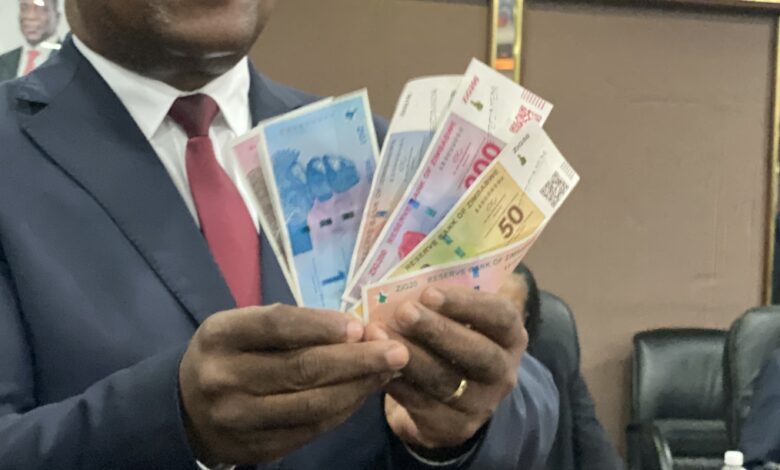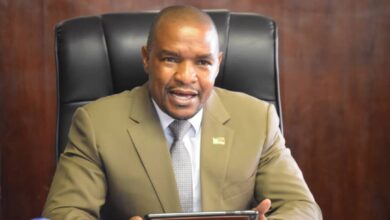RBZ Injects US$190 Million to Stabilize Currency

The Reserve Bank of Zimbabwe (RBZ) has injected US$190 million into the foreign exchange market since the introduction of its new bullion-backed currency, known as the ZiG to stabilize the economy and meet rising demand for foreign currency, . This move comes as the country grapples with the challenges of reduced dollarization and economic volatility.
Persistence Gwanyanya, a member of the Reserve Bank of Zimbabwe’s monetary policy committee, noted that the initial launch of the ZiG in April did not require significant intervention. However, recent market fluctuations have prompted the bank to act. “Emerging volatilities show a decrease in dollarization from 85% to 60% in the economy,” Gwanyanya explained.
As part of a strategic intervention, the central bank allocated US$50 million in late July to ensure that Zimbabwe’s lenders could access the dollars they need. Governor John Mushayavanhu emphasized that the bank is utilizing foreign exchange proceeds collected from exporters to support this initiative.
Since 2009, Zimbabweans have relied heavily on the US dollar for everyday expenses, including transportation, medicine, and food, following the collapse of the national currency due to hyperinflation stemming from a failed land-reform policy.
“Dedollarization is happening faster than we expected,” Gwanyanya stated. “We tend to experience these challenges, so we need to manage all the pressures.”
Currently, the ZiG trades at 13.86 per dollar on the official market, while street rates in Harare vary significantly, with the US dollar fetching between 16 and 26 ZiG, according to ZimPriceCheck.Com, a website that monitors both official and unofficial exchange rates.
As the central bank continues to navigate these economic challenges, the commitment to stabilizing the currency remains a priority for Zimbabwe’s financial future.









